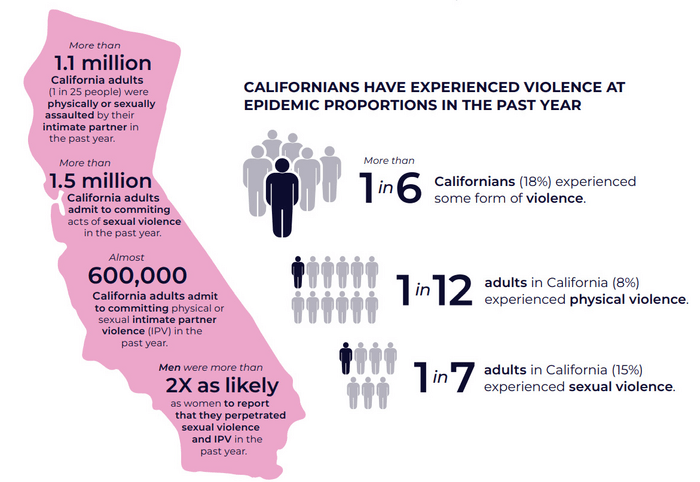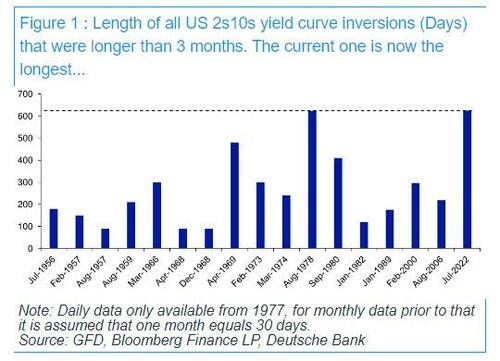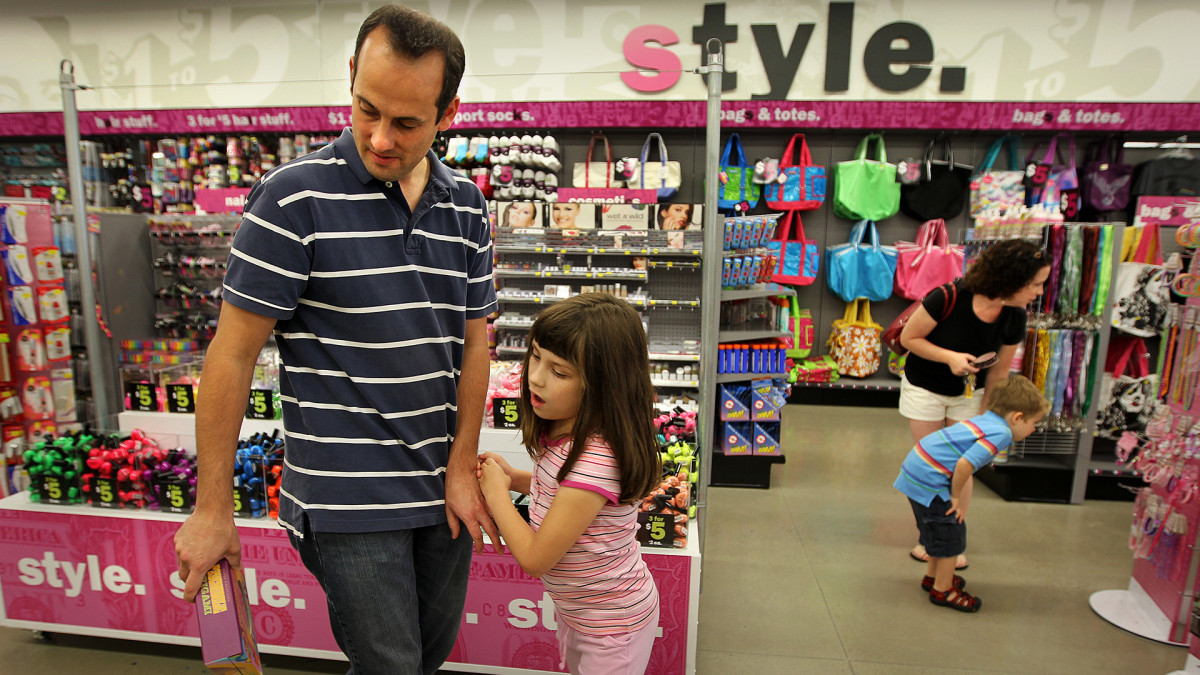A virologist who had a "clandestine relationship" with Chinese agents and was subsequently fired by the Trudeau government has popped back up in China - where she's conducting research with Chinese military scientists and other virology researchers, including at the Wuhan Institute of Virology, where she's allegedly studying antibodies for coronavirus, as well as the deadly Ebola and Niaph viruses, the Globe and Mail reports.
Xiangguo Qiu and her husband Keding Cheng were fired from the National Microbiology Laboratory in Winnipeg, Canada and stripped of their security clearances in July of 2019.
Declassified documents tabled in the House of Commons on Feb. 28 show the couple had provided confidential scientific information to China and posed a credible security threat to the country, according to the Canadian Security Intelligence Service.
The Globe found that Dr. Qiu’s name appears on four Chinese patent filings since 2020, two with the Wuhan Institute of Virology – whose work on bat coronaviruses has placed it at the centre of concerns that it played a role in the spread of COVID-19 – and two with the University of Science and Technology of China, or USTC. The patents relate to antibodies against Nipah virus and work related to nanobodies, including against coronaviruses. -Globe and Mail
Canadian authorities began questioning the pair's loyalty, as well as the potential for coercion or exploitation by a foreign entity, according to more than 600 pages of documents reported by The Counter Signal.
Highlights (via CTVNews.ca):
- Qiu and Cheng were escorted out of Winnipeg's National Microbiology Laboratory in July 2019 and subsequently fired in January 2021.
- The pair transferred deadly Ebola and Henipah viruses to China's Wuhan Institute of Virology in March 2019.
- The Canadian Security Intelligence Service assessed that Qiu repeatedly lied about the extent of her work with institutions of the Chinese government and refused to admit involvement in various Chinese programs, even when evidence was presented to her.
- [D]espite being given every opportunity in her interviews to describe her association with Chinese entities, "Ms. Qiu continued to make blanket denials, feign ignorance or tell outright lies."
- A November 2020 Public Health Agency of Canada report on Qiu says investigators "weighed the adverse information and are in agreement with the CSIS assessment."
- A Public Health Agency report on Cheng's activities says he allowed restricted visitors to work in laboratories unescorted and on at least two occasions did not prevent the unauthorized removal of laboratory materials.
- Cheng was not forthcoming about his activities and collaborations with people from government agencies "of another country, namely members of the People's Republic of China."
Following their firings, Qiu returned to China despite it being under a pandemic travel lockdown until January, 2023.
"It’s very likely that she received quite preferential treatment in China on the basis that she’s proven herself. She’s done a very good job for the government of China," said Brendan Walker-Munro, senior research fellow at Australia’s University of Queensland Law School. "She’s promoted their interests abroad. She’s returned information that is credibly useful to China and to its ongoing research."
More via the Globe and Mail;
Documents reviewed by The Globe show that Dr. Qiu is most closely aligned with the University of Science and Technology of China (USTC) in Hefei. In March, 2023, a document posted by a Chinese pharmaceutical company listed Dr. Qiu as second amongst “major completion personnel” on a project awarded by the Chinese Preventive Medicine Association for study related to an anti-Ebola virus therapeutic antibody. Most of the other completion personnel were associated with the Chinese People’s Liberation Army.
USTC was founded by the Chinese Academy of Sciences and initially established to build up Chinese scientific expertise useful to the military, which at the time was pursuing technology to build satellites, intercontinental ballistic missiles and atomic bombs. The university has continued to maintain close military ties.
The document says Dr. Qiu works for USTC. Jin Tengchuan, the principal investigator at the Laboratory of Structural Immunology at USTC, lists her as a co-inventor on a patent. Mr. Jin did not respond to requests for comment.
A person who answered the phone at USTC told The Globe, “I don’t have any information about this teacher.”
In 2012, USTC signed a strategic co-operation agreement with the Army Engineering University of the People’s Liberation Army, designed to strengthen research on cutting-edge technology useful for communications, weaponry and other national-defence priorities.
Dr. Qiu is also listed as a 2019 doctoral supervisor for students studying virology at Hebei Medical University.
“Well, that makes me wonder what circumstances she was under when she emigrated to Canada. Why did she come?” asked Earl Brown, a professor emeritus of biochemistry, microbiology and immunology at the University of Ottawa’s faculty of medicine who has worked extensively in China in the past. “People leave for more freedom from China, or to make more money. But China keeps tabs on most people so I am not sure if she came over to infiltrate or whether she came and the infiltration happened later through contact with China.”
It may be impossible to answer that question. Three former colleagues at the National Microbiolgy Lab have indicated that Dr. Qiu and her husband were diligent and pleasant to deal with, but largely kept to themselves outside of work. They say Dr. Qiu was a brilliant scientist with a strong work ethic, although her English was weak. The Globe is not identifying the three who did not want to be named.
Dr. Qiu is a medical doctor from Tianjin, China, who came to Canada for graduate studies in 1996. She started at the University of Manitoba, but began working at the national lab as a research scientist in 2006, working her way up to become head of the vaccine development and antiviral therapies section in the National Microbiology Laboratory’s special pathogens program.
She was also part of the team that helped develop ZMapp, a treatment for the deadly Ebola virus, which killed more than 11,000 people in West Africa between 2014 and 2016.
“My sense is this was part of a larger strategy by China to get access to our innovation system,” said Filippa Lentzos, an associate professor of science and international security at King’s College London. “It was a way for them to to find out what was going on in Canada’s premier lab.”
Initially trained as a medical doctor, Dr. Qiu graduated in 1985 from Hebei University in the coastal city of Tianjin, which lies southeast of Beijing. Dr. Qiu went on to obtain her master of science degree in immunology at Tianjin Medical University in 1990.
Her career at Canada’s top infectious disease lab in Winnipeg began in 2003, only four years after Ottawa opened this biosafety level 4 facility at the Canadian Science Centre for Human and Animal Health.
Over time, she built up a reputation for academic collaboration, particularly with China. It was welcomed by management who felt her work was helping build a name internationally for the National Microbiology Lab.
By the time Canadian officials intervened in 2018 and began investigating, documents show, Dr. Qiu was running 44 separate projects at the Winnipeg lab, an uncommonly large workload.
Her work with former colleague and microbiologist Gary Kobinger vaulted Dr. Qiu into the international spotlight. The pair developed a treatment for Ebola, one that in its first human application led to the full recovery of 27 patients with the infection during a 2014 outbreak in Liberia.
Mr. Kobinger’s career continued to soar and he is now director of the Galveston National Laboratory, a renowned biosafety level 4 facility in Texas. In 2022, he told The Globe that it was “heartbreaking” to see what had happened to his colleague. He declined to speak for this article.
“She had lost a lot of weight with all the stress. She was so convinced that this was all a misunderstanding … and she would go back to her job,” he said in 2022. “ Her career has been destroyed with all this. She was one of the top female Canadian scientists of virology and Canada has lost that.”
Over a period of 13 months, though, the Chinese-Canadian microbiologist and her biologist husband’s lives were turned upside down.
She went from being feted at Ottawa’s Rideau Hall with a Governor-General’s Award in May, 2018, to being locked out of the Winnipeg lab in July, 2019 – the high-security facility where she had made her name as a scientist in Canada. By January, 2021, she and Mr. Cheng were fired.
Last month, after being pressed into explaining what happened, the Canadian government finally disclosed the reasons for this extraordinary dismissal: CSIS found the pair had lied about and hid their co-operation with China from Ottawa.
A big question remains following their departure: Why would Dr. Qiu risk her career, including the stature associated with developing an Ebola treatment, for China?
Read the rest here...












































